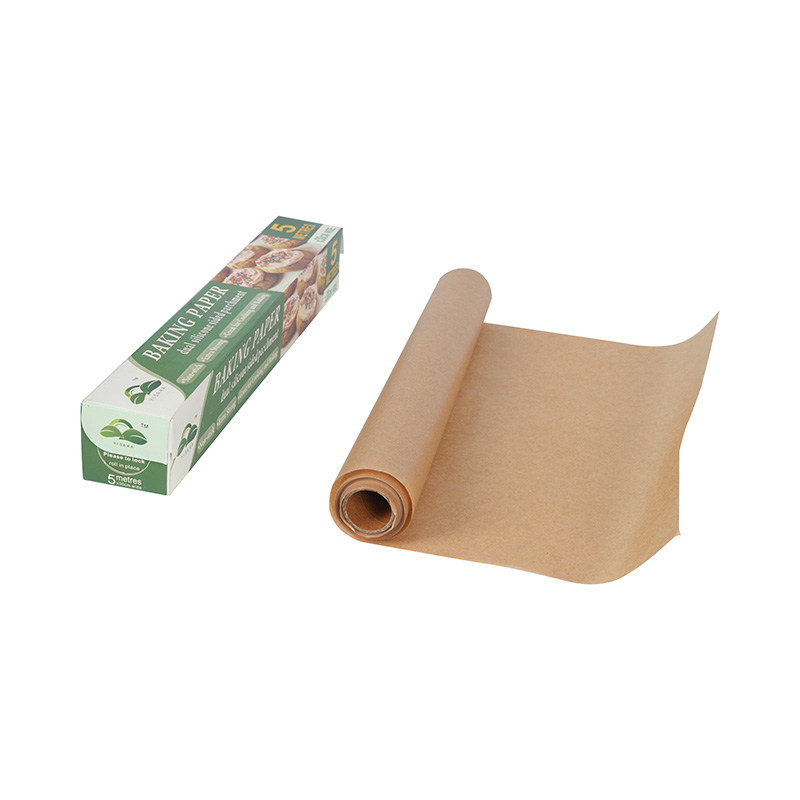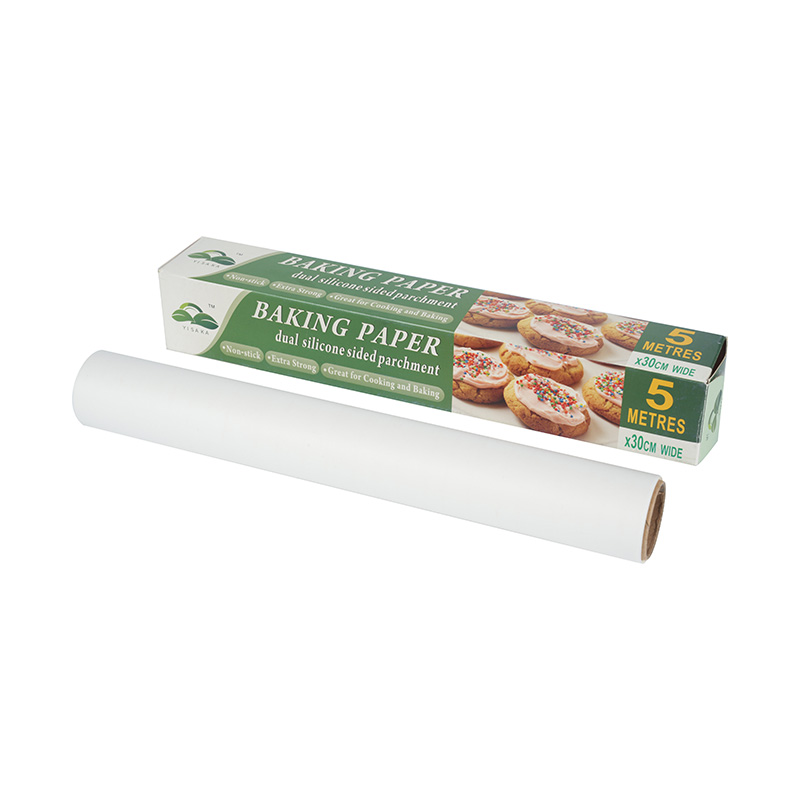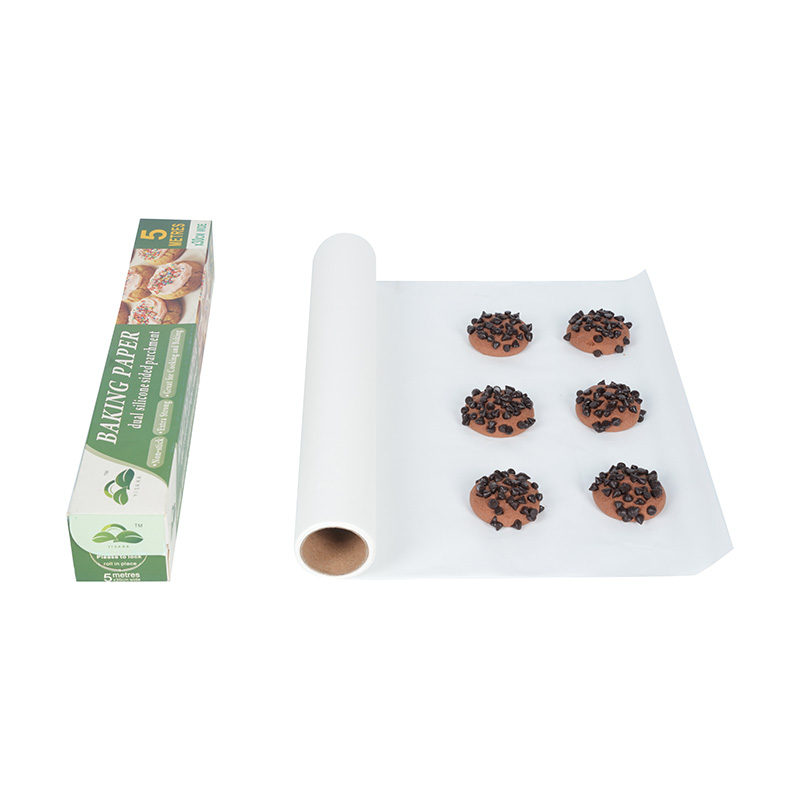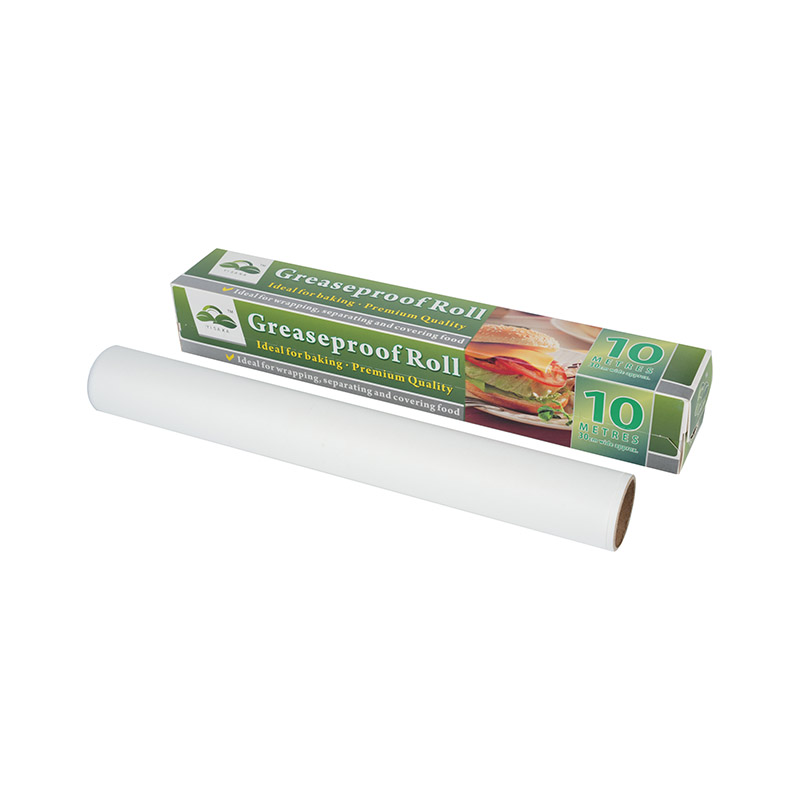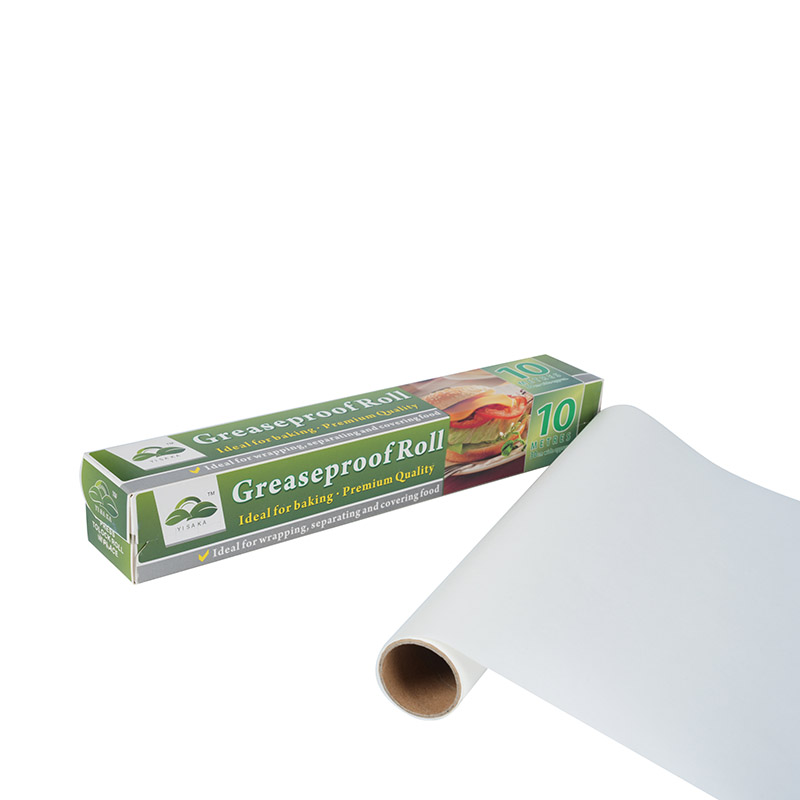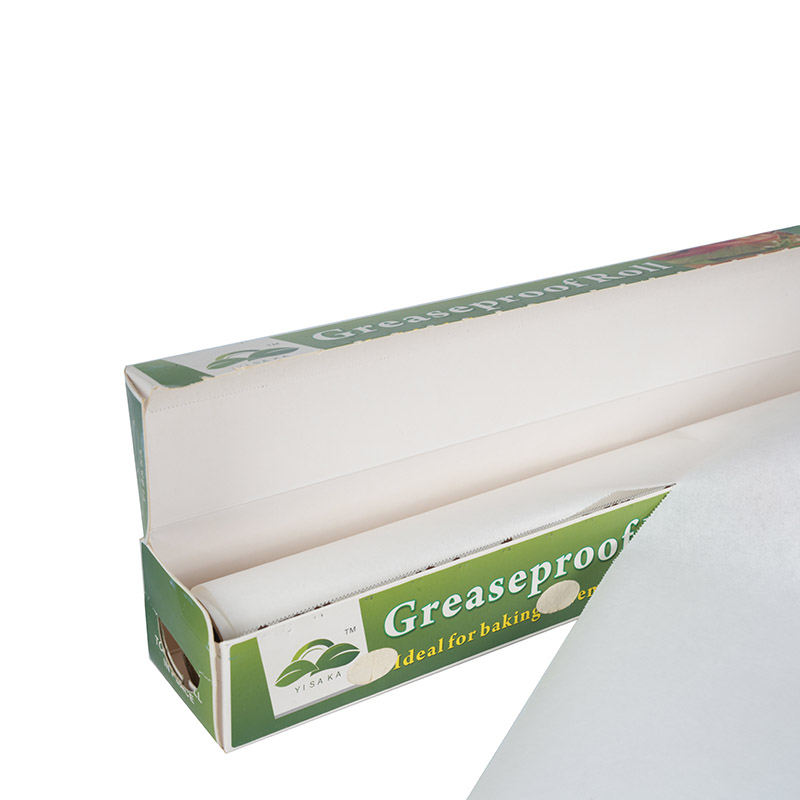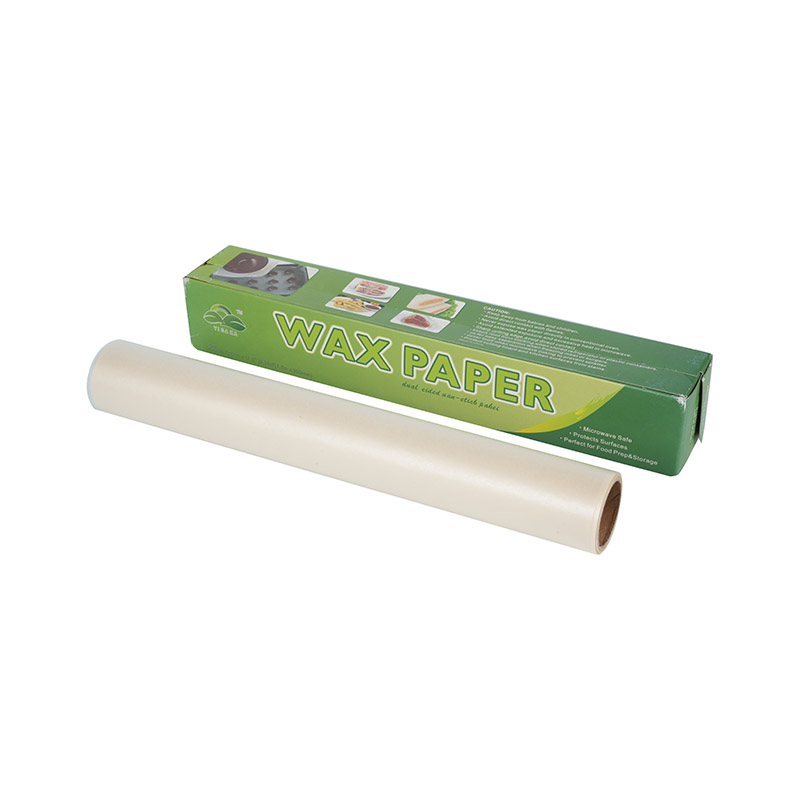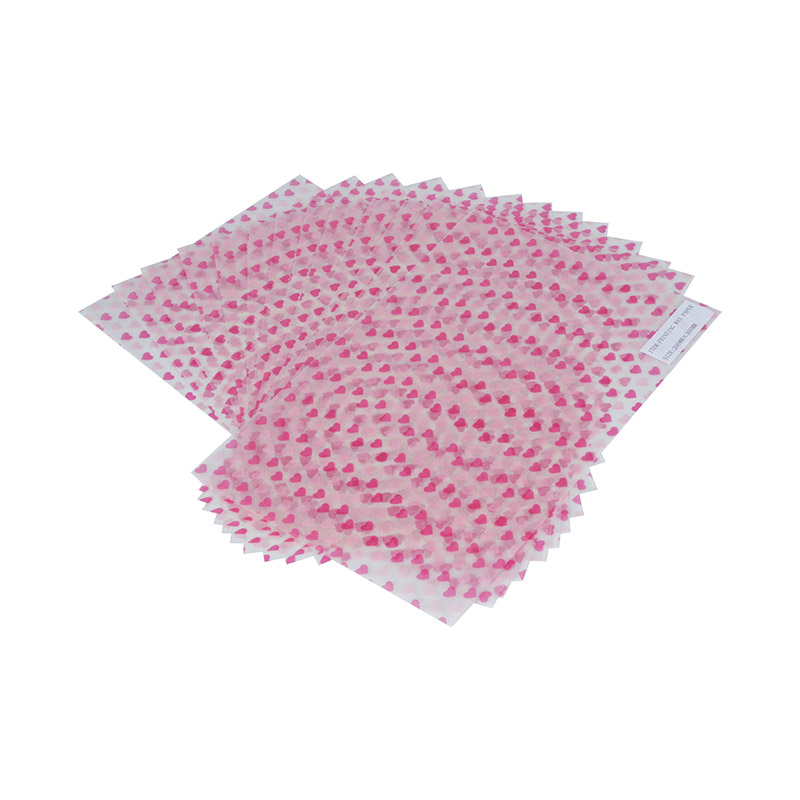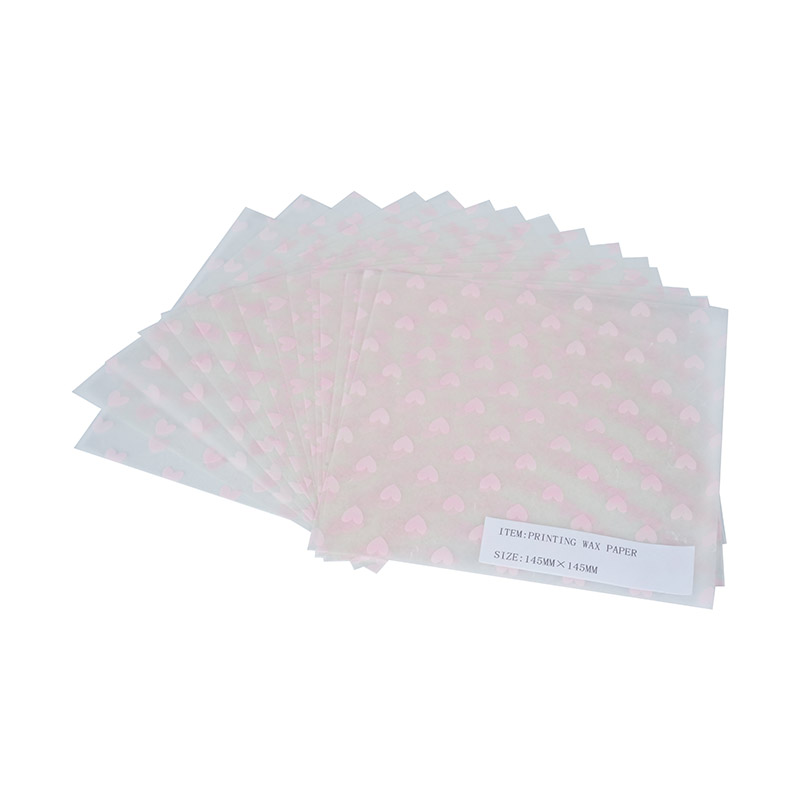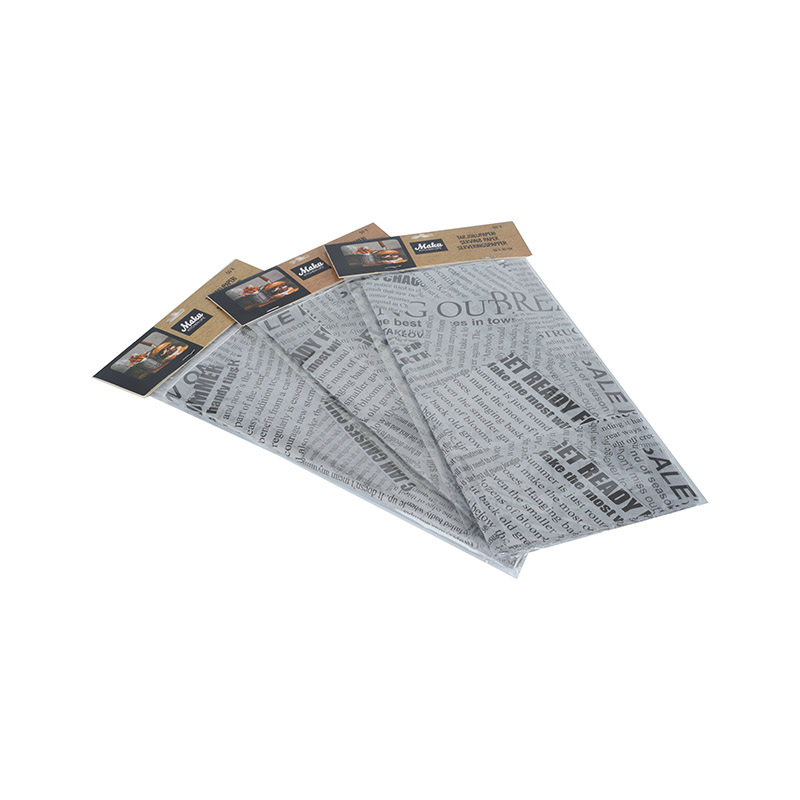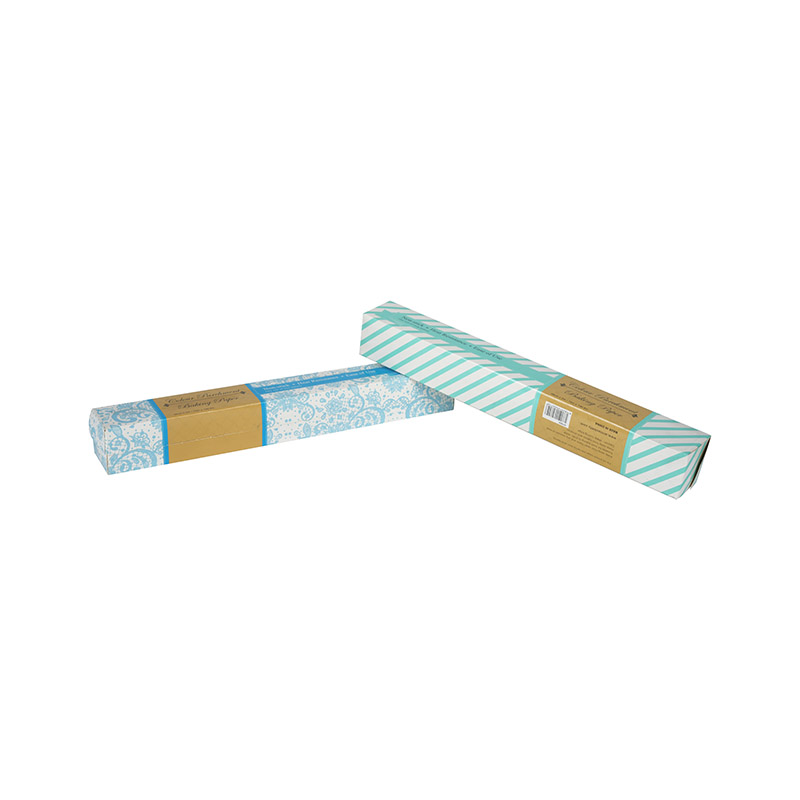The short answer is yes, they are essentially the same product. Unbleached baking paper, also commonly known as unbleached parchment paper, is a type of paper treated with a non-stick coating, usually silicone, to make it heat-resistant and moisture-resistant. This makes it ideal for baking, as it prevents food from sticking to pans and can be safely used in the oven.
The key distinction lies in the term "unbleached." While standard parchment paper can be either bleached or unbleached, the unbleached version is a specific kind of parchment paper. The paper's natural brown color comes from the wood pulp it's made from, and it has not undergone the chlorine-based bleaching process that gives traditional parchment paper its white color.
The Bleaching Process and Its Impact
The bleaching of paper, typically done with chlorine or chlorine compounds, is a standard industrial process to create a white, uniform appearance. While this process is effective, it has raised environmental concerns over the years due to the potential for harmful byproducts like dioxins.
Unbleached parchment paper, on the other hand, is processed without these harsh chemicals. This makes it a more eco-friendly and often preferred choice for those who are environmentally conscious or concerned about food safety. The lack of bleaching doesn't affect the paper's performance; it still has the same non-stick, heat-resistant properties that bakers rely on.
Key Features of Unbleached Parchment Paper
-
Non-Stick Surface: The silicone coating ensures that food, from delicate cookies to roasted vegetables, slides right off the paper without sticking. This also makes cleanup a breeze.
-
Heat Resistance: It can withstand high oven temperatures, typically up to 425-450°F (220-230°C), making it perfect for most baking and roasting applications.
-
Moisture Resistance: It prevents fats and moisture from soaking through to your baking sheet, keeping your pans cleaner.
-
Eco-Friendly: Since it bypasses the chlorine-bleaching process, it's considered a more sustainable option. Many brands are also biodegradable and compostable.
When to Use Unbleached Baking Paper
Whether you call it unbleached baking paper, brown parchment paper, or simply unbleached parchment, its applications are wide-ranging. It's the perfect liner for cookie sheets, cake pans, and roasting trays. You can also use it to create a "parchment parcel" or "en papillote" to steam fish and vegetables, locking in moisture and flavor.
In conclusion, while the terms can sometimes be used interchangeably, it's important to understand the nuance. Unbleached baking paper is a specific type of parchment paper that is distinguished by its natural, chemical-free processing. It offers the same reliable performance as its bleached counterpart, but with the added benefit of being a more environmentally friendly choice.


 English
English русский
русский